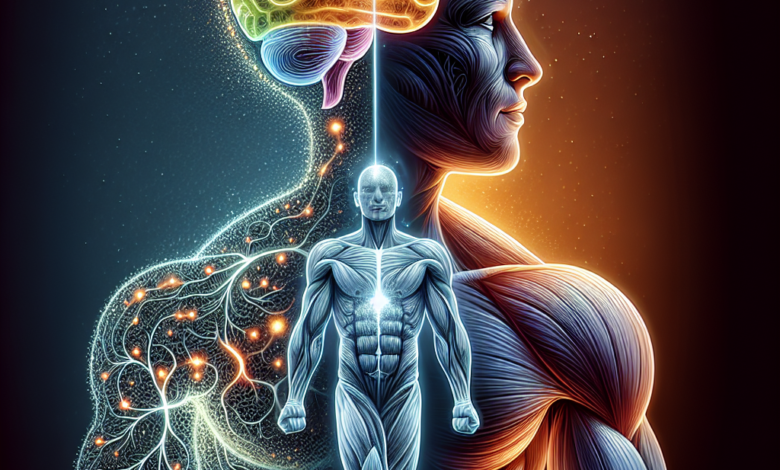Connecting the Dots: The Link Between Mental and Physical Health

In recent years, there has been an increasing recognition of the intricate relationship between mental and physical health. Traditionally, these two aspects of well-being were treated in isolation; however, mounting research shows that our mental state profoundly influences our physical health, and vice versa. Understanding this connection is essential for holistic health care and effective treatment strategies.
The Interplay of Mind and Body
Physiological Responses to Stress
Stress is a common emotional response that initiates a cascade of physiological reactions in the body. When faced with stress, the brain activates the hypothalamic-pituitary-adrenal (HPA) axis, resulting in the release of cortisol and adrenaline. While these hormones can be beneficial in short bursts, chronic stress leads to prolonged exposure to these hormones, increasing the risk of numerous physical health issues, including hypertension, heart disease, and weakened immune function.
Mental Health Impacts Physical Health
Conversely, mental health conditions such as depression and anxiety can manifest in various physical symptoms. Individuals suffering from depression often experience fatigue, changes in appetite, and chronic pain. Moreover, people with anxiety disorders may face gastrointestinal issues and muscle tension. This somatic expression of psychological distress can complicate diagnosis and treatment, emphasizing the need for comprehensive care that addresses both mental and physical symptoms.
Bidirectional Relationship
The relationship between mental and physical health is bidirectional. Just as poor mental health can lead to physical ailments, chronic physical conditions can negatively impact mental well-being. For example, individuals with chronic illnesses like diabetes or cardiovascular disease may experience feelings of helplessness or depression, demonstrating how lack of physical health can lead to poor mental health outcomes.
The Role of Lifestyle Factors
Several lifestyle factors contribute to the connection between mental and physical health, including:
-
Exercise: Physical activity is a powerful tool for enhancing mental health. Regular exercise releases endorphins, which boost mood and can alleviate symptoms of anxiety and depression. Moreover, maintaining physical fitness can reduce the risk of chronic diseases.
-
Nutrition: A well-balanced diet is crucial not only for physical health but also for mental well-being. Nutritional deficiencies, such as those in omega-3 fatty acids and vitamins B and D, have been linked to increased rates of depression and anxiety.
- Sleep: Quality sleep is vital for both mental and physical health. Poor sleep can exacerbate mental health issues and disrupt physical recovery, creating a vicious cycle that is challenging to break.
Integrative Approaches to Treatment
Recognizing the link between mental and physical health opens the door to more integrated approaches to treatment. Health-care professionals increasingly advocate for:
-
Mindfulness and Relaxation Techniques: Practices such as yoga, meditation, and deep-breathing exercises have been shown to reduce stress and improve mental health, subsequently benefiting physical health.
-
Collaborative Care Models: Integrating mental health services into primary care can lead to better health outcomes. Patients are more likely to seek help when mental and physical health services are offered in tandem.
- Patient Education: Empowering individuals to understand the connection between their mental and physical health can encourage proactive approaches to wellness, such as seeking therapy for emotional issues or engaging in regular physical activity.
Conclusion
The connection between mental and physical health is undeniable, making it crucial for individuals and health-care providers to recognize and address both elements in tandem. By taking an integrated approach to health, we can improve overall well-being, enhance the quality of life, and pave the way for a future where mental and physical health are valued equally. Understanding and embracing this interconnectedness can lead not only to healthier individuals but also to healthier communities.
